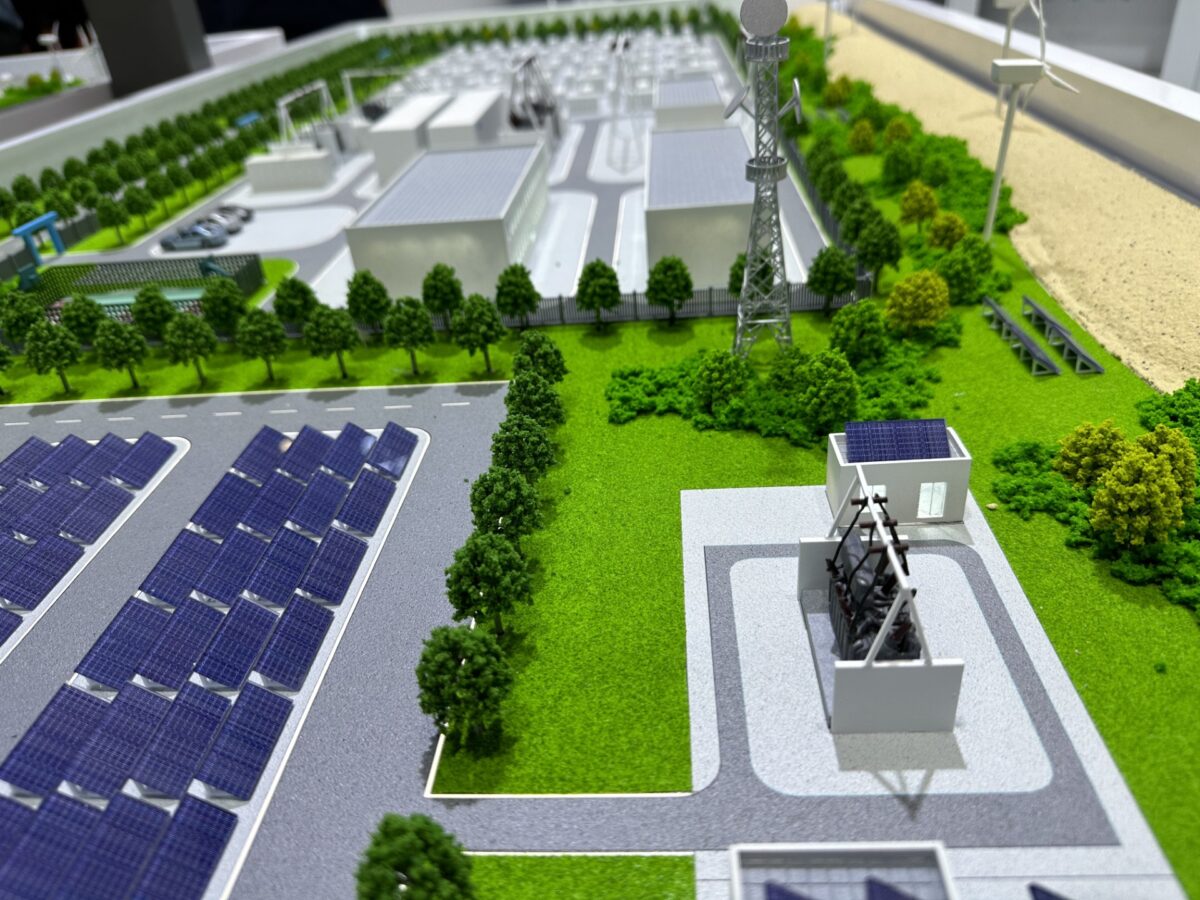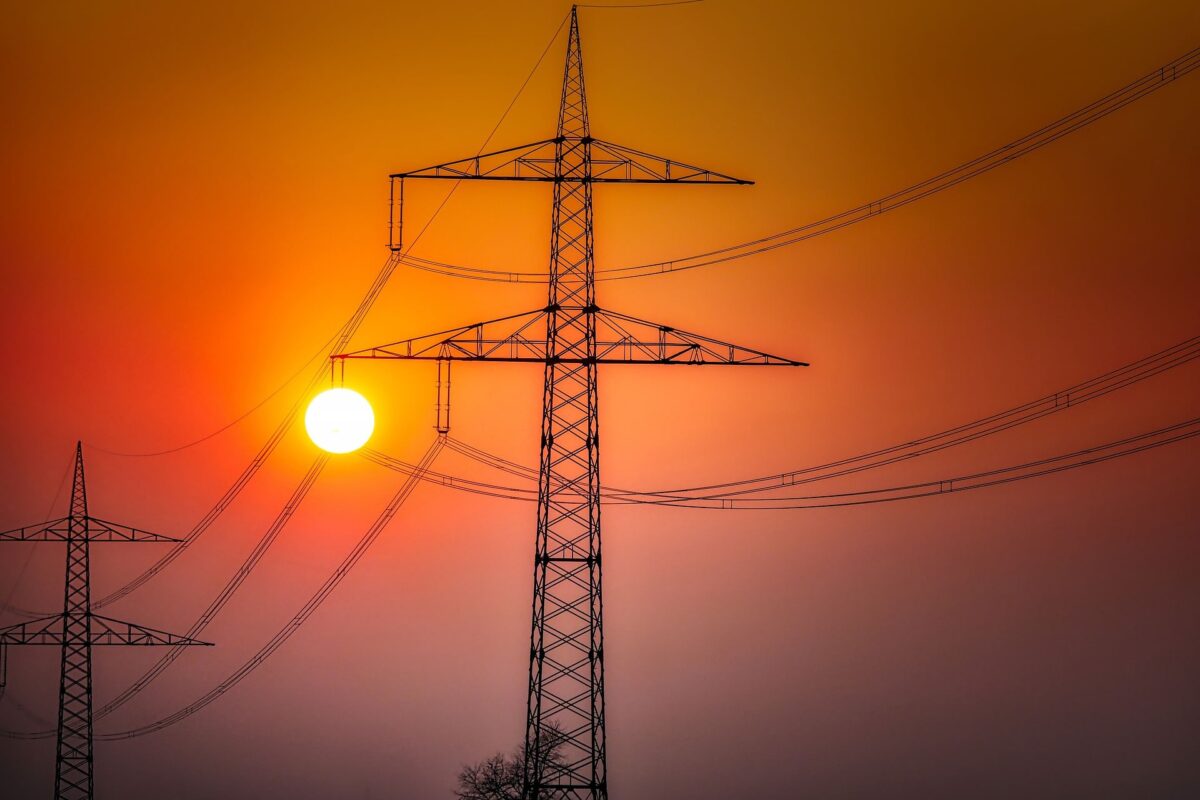One of the ongoing problems with renewables like wind energy systems or solar photovoltaic power is that they are oversupplied when the sun shines or the wind blows but can lead to electricity shortages when the sun sets or the wind drops. The way to overcome the intermittency of wind and sun energy is to store it when it is in oversupply for later use, or when it is in short supply.
Various technologies are used to store renewable energy, one of them being pumped hydro. This form of energy storage accounts for more than 90% of the globe’s current high-capacity energy storage. Electricity is used to pump water into reservoirs at a higher altitude during periods of low energy demand. When demand is at its strongest, the water is piped through turbines situated at lower altitudes and converted back into electricity. Pumped storage is also useful to control voltage levels and maintain power quality in the grid. It’s a tried-and-tested system, but it has drawbacks.
Hydro projects are big and expensive with prohibitive capital costs, and they have demanding geographical requirements. They need to be situated in mountainous areas with an abundance of water. If the world is to reach net-zero emission targets, it needs energy storage systems that can be situated almost anywhere, and at scale. IEC Standards ensure that hydro projects are safe and efficient. IEC Technical Committee 4 publishes a raft of standards specifying hydraulic turbines and associated equipment. IEC TC 57 publishes core standards for the smart grid. One of its key IEC 61850 Standards specifies the role of hydropower and helps it interoperate with the electrical network as it gets digitalized and automated.
Li-ion batteries are improving
Batteries are one of the obvious other solutions for energy storage. For the time being, lithium-ion batteries are the favored option. Utilities around the world have ramped up their storage capabilities using lithium supersized batteries, huge packs that can store anywhere between 100 to 800 megawatts (MW) of energy. California-based Moss Landing’s energy storage facility is one of the world’s largest, with a total capacity of 750 MW/3 000 MWh.
The price of lithium batteries has tremendously fallen over the last few years and they have been able to store ever-larger amounts of energy. Many of the gains made by these batteries are driven by the automotive industry’s race to build smaller, cheaper, and more powerful lithium batteries for electric cars. The power produced by each lithium-ion cell is about 3,6 volts (V). It is higher than that of the standard nickel-cadmium, nickel metal hydride and even standard alkaline cells at around 1,5 V and lead acid at around 2 V per cell, requiring fewer cells in many battery applications. Li-ion cells are standardized by IEC TC 21, which publishes the IEC 62660 series on secondary li-ion cells for the propulsion of EVs. TC 21 also publishes standards for renewable energy storage systems. The first one, IEC 61427-1, specifies general requirements and methods of testing for off-grid applications and electricity generated by PV modules.
The second, IEC 61427-2, does the same but for on-grid applications, with energy input from large wind and solar energy parks. “The standards focus on the proper characterization of the battery performance, whether it is used to power a vaccine storage fridge in the tropics or prevent blackouts in power grids nationwide. These standards are largely chemistry agnostic. They enable utility planners or end-customers to compare apples with apples, even when different battery chemistries are involved,” TC 21 expert Herbert Giess says.
IEC TC 120 was set up specifically to publish standards in the field of grid-integrated electrical energy storage (EES) systems in order to support grid requirements. An EES system is an integrated system with components, which can be batteries that are already standardized. The TC is working on a new standard, IEC 62933-5-4, which will specify safety test methods and procedures for lithium battery-based systems for energy storage. IECEE (IEC System of Conformity Assessment Schemes for Electrotechnical Equipment and Components) is one of the four conformity assessment systems administered by the IEC. It runs a scheme that tests the safety, performance component interoperability, energy efficiency, electromagnetic compatibility (EMC) and hazardous substance of batteries.
Concerns raised over safety and recycling
However, the disadvantages of using lithium batteries for energy storage are multiple and quite well documented. The performance of li-ion cells degrades over time, limiting their storage capability. Issues and concerns have also been raised over the recycling of the batteries, once they no longer can fulfill their storage capability, as well as over the sourcing of lithium and cobalt required. Cobalt, especially, is often mined informally, including by children. One of the most important producers of cobalt is the Democratic Republic of Congo. The challenge of energy storage is also taken up through projects in the IEC Global Impact Fund. Recycling li-ion is one of the aspects that is being considered.
Lastly, li-ion is flammable and a sizeable number of plants storing energy with li-ion batteries in South Korea went up in flames from 2017 to 2019. While causes have been identified, notably poor installation practices, there was a lack of awareness of the risks associated with li-ion, including thermal runaway.
IEC TC 120 has recently published a new standard that looks at how battery-based energy storage systems can use recycled batteries. IEC 62933-4-4 aims to “review the possible impacts to the environment resulting from reused batteries and to define the appropriate requirements.”
New battery technology
Other battery technologies are emerging, including solid-state batteries or SSBs. According to B-to-B consultancy IDTechEx, these are becoming the front runners in the race for next-generation battery technology. Solid-state batteries replace the flammable liquid electrolyte with a solid-state electrolyte (SSE), which offers inherent safety benefits. SSEs also open the door to using different cathode and anode materials, expanding the possibilities of battery design. Although some SSBs are based on li-ion chemistry, not all follow this path. The problem is that true SSBs, with no liquid at all, are very far from market launch, even if they look like a promising alternative at some point in the future.
According to IDTechEx, The adoption of SSBs faces challenges, including high capital expenditure, comparable operational costs and premium pricing. Clear value propositions must be presented to gain public acceptance. The market may embrace SSBs, even if they contain small amounts of liquid or gel polymers, as long as they deliver the desired features. Hybrid semi-solid batteries could provide a transition route, offering improved performance. In the short term, hybrid SSBs, containing a small amount of gel or liquid, may become more common.
The race is on for the next generation of batteries. While there are yet no standards for these new batteries, they are expected to emerge, when the market will require them.
Author: Catherine Bischofberger
The International Electrotechnical Commission (IEC) is a global, not-for-profit membership organization that brings together 174 countries and coordinates the work of 30.000 experts globally. IEC International Standards and conformity assessment underpin international trade in electrical and electronic goods. They facilitate electricity access and verify the safety, performance and interoperability of electric and electronic devices and systems, including for example, consumer devices such as mobile phones or refrigerators, office and medical equipment, information technology, electricity generation, and much more.
The views and opinions expressed in this article are the author’s own, and do not necessarily reflect those held by pv magazine.
This content is protected by copyright and may not be reused. If you want to cooperate with us and would like to reuse some of our content, please contact: editors@pv-magazine.com.








By submitting this form you agree to pv magazine using your data for the purposes of publishing your comment.
Your personal data will only be disclosed or otherwise transmitted to third parties for the purposes of spam filtering or if this is necessary for technical maintenance of the website. Any other transfer to third parties will not take place unless this is justified on the basis of applicable data protection regulations or if pv magazine is legally obliged to do so.
You may revoke this consent at any time with effect for the future, in which case your personal data will be deleted immediately. Otherwise, your data will be deleted if pv magazine has processed your request or the purpose of data storage is fulfilled.
Further information on data privacy can be found in our Data Protection Policy.